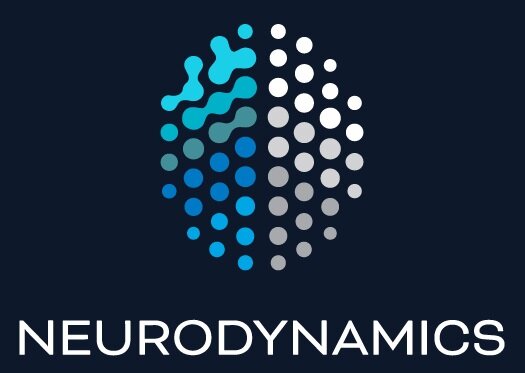The scientific practice of Neurophysiological Intraoperative Monitoring aims to reduce the risk to patients of iatrogenic damage to the nervous system and/or provide functional guide to the surgeon. To accomplish this, a specially trained member of our team acquires data and provides immediate feedback to the surgeon regarding electro physiologic signals from the patient as their surgery proceeds. Patients who benefit from neuromonitoring are those undergoing surgeries that involve the brain, spinal cord or nerves that may be at risk. Neuromonitoring is also known as surgical neurophysiology, intraoperative neurologic monitoring, or simply intraoperative monitoring. Acronyms include IOM, IONM and NIOM. Neuromonitoring is considered the standard of care for many neurological and orthopedic surgical procedures. As independent allied healthcare professionals, Neurodynamics neurophysiologists do not require additional medical supervision, unlike hospital staff technicians who require the supervision of a neurologist or licensed neurophysiologist.
Most surgeries involving risk to the nervous system go well and patients recover with few complications. Unfortunately, the consequences for patients who do suffer injuries during surgery can be devastating. Neuromonitoring can prevent or reduce these risks, and in some cases neuromonitoring can help improve the surgical outcomes. When a skilled neurophysiologist monitors a patient’s neural function, the surgeon may proceed with more confidence that surgical intervention is not compromising the patient.
There are two primary functions of a neurophysiologist: preventative and/or interventional.
Preventative neuromonitoring ensures that some critical functions are stable, warns the surgeon of impending injury, and offers feedback simultaneously with surgical maneuvers. Examples of preventative neuromonitoring include the following:
Monitoring sensory and motor function of the spinal cord during correction of spinal deformity
Cranial nerve monitoring during removal of a CPA tumor
EEG and cortical SSEP monitoring for aneurysm clipping
Interventional neuromonitoring aids the surgeon in identifying structures critical to the success of the surgery. Examples of interventional neuromonitoring include the following:
Impedance testing of pedicle screws for confirming pedicle bone integrity
Direct nerve stimulation to identify neural structures that may be at risk during surgery
Micro-electrode recording to identify the STN for the surgical treatment of Parkinson’s disease with deep brain stimulator implants

